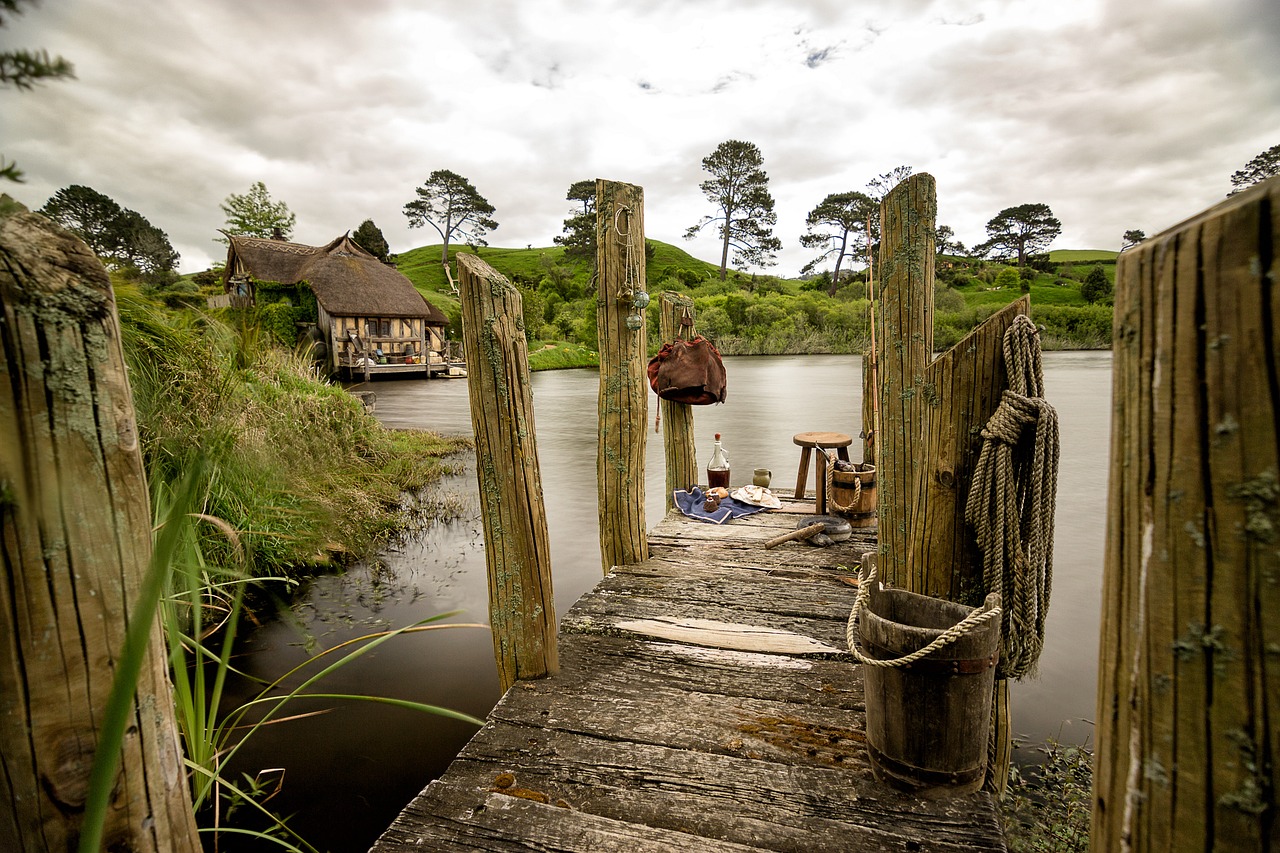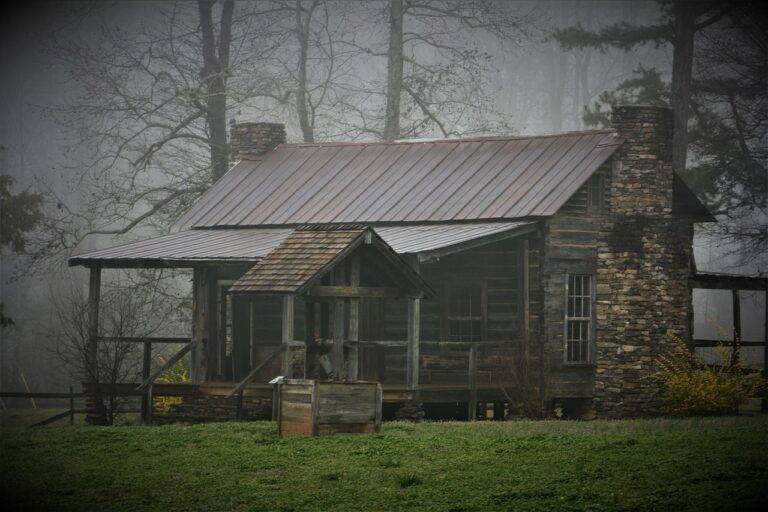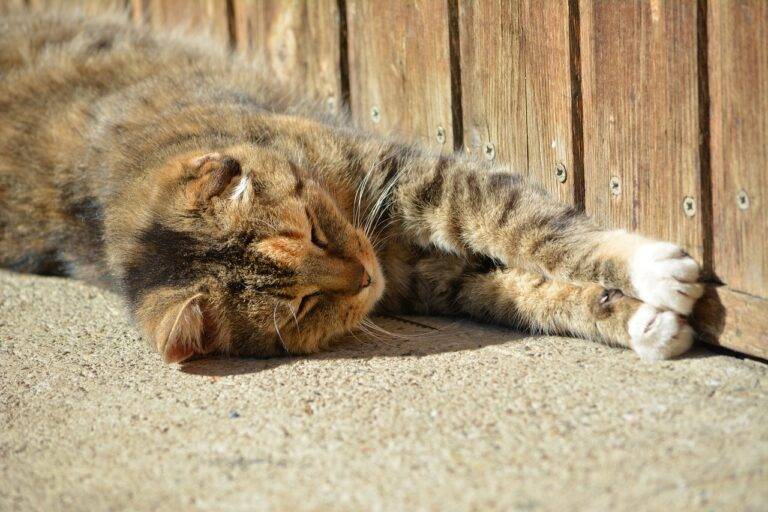Creating a Butterfly-Friendly Garden: Designing Spaces for Pollinator Conservation
When choosing plants for your garden, selecting native species can offer numerous benefits. Native plants are well-adapted to the local environment, requiring less water, fertilizer, and maintenance compared to non-native species. By incorporating native plants into your landscaping, you can attract native wildlife such as birds, butterflies, and pollinators, promoting biodiversity in your backyard.
Additionally, native plants help to preserve the natural habitat and support the ecosystem by providing food and shelter for local wildlife. Since these plants have evolved over time to thrive in the specific conditions of your region, they are more resilient to pests, diseases, and fluctuations in weather, resulting in healthier and more sustainable landscaping options. Consider researching native plant species that are suitable for your area to create a beautiful and environmentally-friendly garden space.
Choosing Plants with Different Bloom Times
When planning your garden, selecting plants with different bloom times can ensure that your outdoor space remains vibrant and colorful throughout the seasons. By incorporating varieties that bloom at various times, you can create a dynamic landscape that provides visual interest year-round. Additionally, this approach can attract pollinators such as bees and butterflies, enhancing the ecological balance of your garden.
When choosing plants with different bloom times, consider the climate and growing conditions of your area to ensure the success of your chosen varieties. It is essential to select plants that thrive in your specific environment to promote healthy growth and optimal blooming. By diversifying the bloom times in your garden, you can enjoy a continuous display of colors and textures while supporting the overall health and resilience of your outdoor space.
Why is it important to select native plants?
Selecting native plants is important because they are adapted to the local climate and soil conditions, making them more likely to thrive and require less maintenance.
How can choosing plants with different bloom times benefit my garden?
Choosing plants with different bloom times can ensure that your garden has color and interest throughout the growing season. This can also attract a variety of pollinators and beneficial insects.
What are some examples of native plants that bloom at different times?
Some examples of native plants with different bloom times include wild columbine (Aquilegia canadensis), butterfly weed (Asclepias tuberosa), and cardinal flower (Lobelia cardinalis).
How can I create a garden design that incorporates plants with different bloom times?
To create a garden design with plants that bloom at different times, consider the height, color, and texture of the plants. Arrange them so that there is always something in bloom throughout the season.
Can I mix native plants with non-native plants in my garden?
It is generally best to prioritize native plants in your garden, as they provide important habitat for local wildlife. However, you can incorporate non-native plants as long as they are not invasive and do not outcompete native species.





